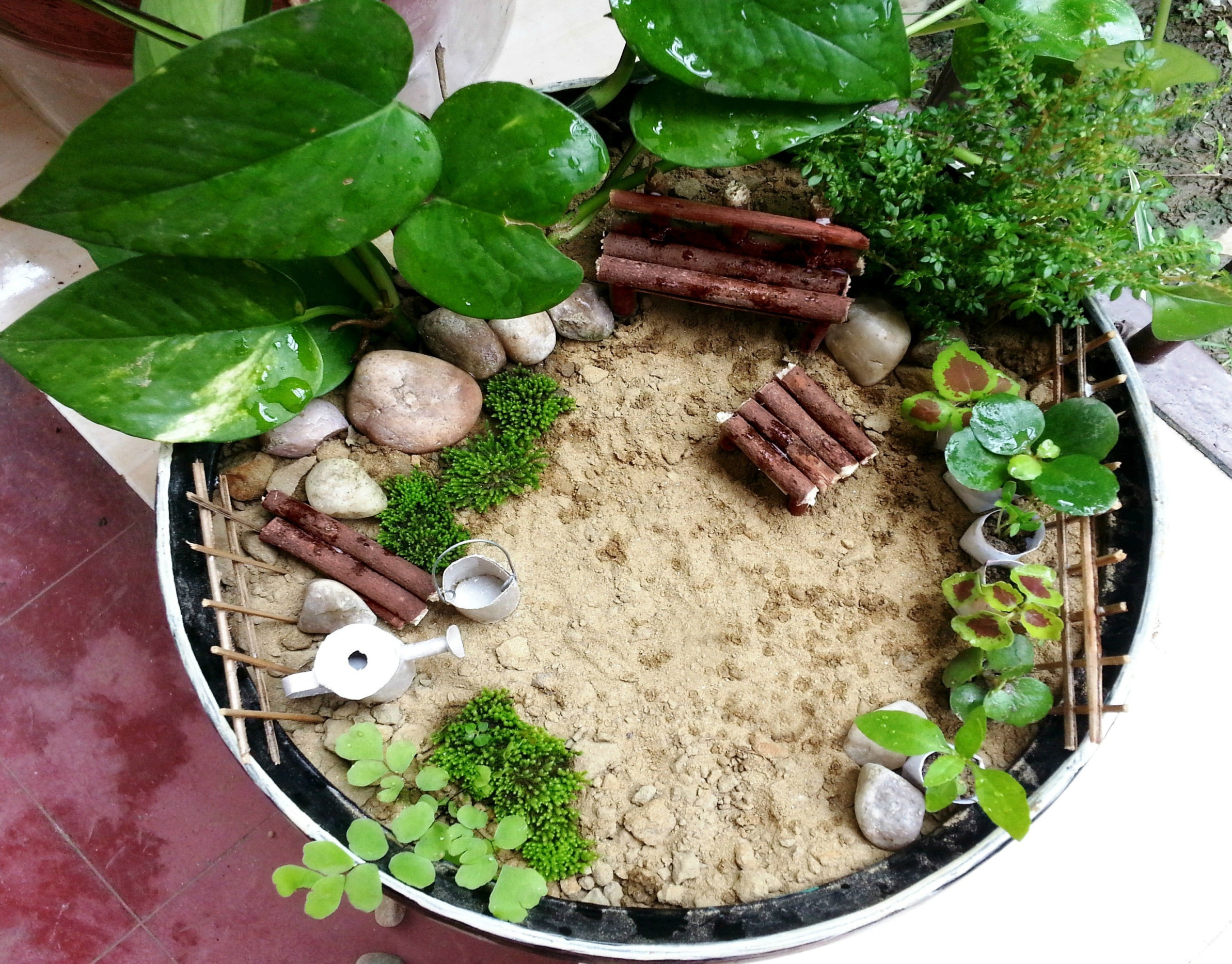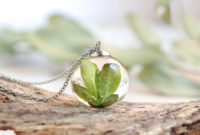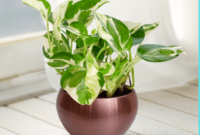Plant Your Wealth with Tiny Terrariums!
Are you looking for a fun and creative way to grow your money? Look no further than miniature landscapes, also known as terrariums!

Terrariums are tiny gardens grown in glass containers that can be fitted with a variety of plants. Not only are they great for adding a touch of green to your home or office, but they also make for a unique and personalized gift.
To start creating your own terrarium, you will need a glass container, soil, small plants, and decorative items such as rocks or moss. The first step is to add a layer of small pebbles or gravel to the bottom of your container. This helps with drainage and prevents the roots from rotting.
Next, add a layer of soil on top of the pebbles. It’s important to choose the right kind of soil for your plants. Succulents, such as money plants, thrive in well-draining soil so look for a cactus or succulent mix.
Now it’s time to add your plants! Choose small plants such as succulents, ferns, or mosses that will fit well in your container. You can use a variety of colors and textures to create a visually interesting landscape.
Once you have placed your plants, add decorative items such as rocks, shells, or figurines to give your terrarium personality. You can also add a layer of moss on top of the soil to help keep moisture in and give your terrarium a lush look.
When caring for your terrarium, it’s important to keep it in a bright but indirect light. Direct sunlight can scorch the plants and cause them to wilt. Water your terrarium sparingly, as the closed environment can cause moisture to build up quickly. Only water when the soil is dry to the touch.
Not only are terrariums a fun and creative way to grow plants, they also make for a great investment. Money plants, also known as jade plants, are said to bring good luck and financial success to those who grow them. So why not combine the two by creating your own money plant terrarium?
By creating your own miniature landscape, you are not only growing your wealth but also your creativity. So get planting and watch your money grow!
DIY Tips for Growing Your Money Tree
Money doesn’t grow on trees, but what if we told you that it does? Well, kind of. The money tree, scientifically known as Pachira Aquatica, is a widely popular plant in feng shui. According to this Chinese practice, money trees are known to bring good luck and prosperity to its owner. So why not grow your own money tree? Here are some DIY tips for growing a healthy and prosperous money tree.
1. Choose the Right Soil
The first step in growing a healthy money tree is to choose the right soil. Money trees prefer well-draining soil with a pH level between 6.0 and 7.0. A combination of potting soil and sand will work well for this plant. Avoid using heavy potting soil as it can retain water and cause root rot.
2. Watering
Money trees prefer moist soil, but they can’t tolerate standing water. It’s essential to water the plant thoroughly until water runs through the drainage holes. Allow the soil to dry out partially before the next watering. Overwatering can cause root rot, which can be fatal to the plant.
3. Fertilization
Money trees require regular fertilization during the growing season. Use a balanced liquid fertilizer every two weeks during the growing season. Reduce fertilizer application during the winter months when the plant is dormant.
4. Lighting
Money trees prefer bright, indirect light. Direct sunlight can scorch the leaves, so it’s best to place the plant near a window that receives bright, filtered light. If you notice the leaves turning yellow, it’s a sign of too much sun exposure.
5. Temperature and Humidity
Money trees prefer temperatures between 65°F and 75°F. They can tolerate temperatures as low as 50°F but will not survive frost. Money trees prefer high humidity levels. If the air in your home is too dry, consider using a humidifier or placing a tray of water near the plant.
6. Pruning
Pruning is essential for maintaining the shape and size of the money tree. Prune back any unwanted growth, and remove any damaged or dead leaves. You can also trim the stem to encourage branching.
7. Propagation
Money trees can be propagated through stem cuttings. Take a healthy stem cutting with at least two nodes and place it in water or soil. Keep the cutting in a warm, humid location until roots form. Once roots have formed, you can transplant it into soil.
In conclusion, growing a money tree is a fun and rewarding experience. Follow these DIY tips for growing a healthy and prosperous money tree. With a little patience and care, you’ll have your own money tree that will bring good luck and prosperity to your home. Happy gardening!



